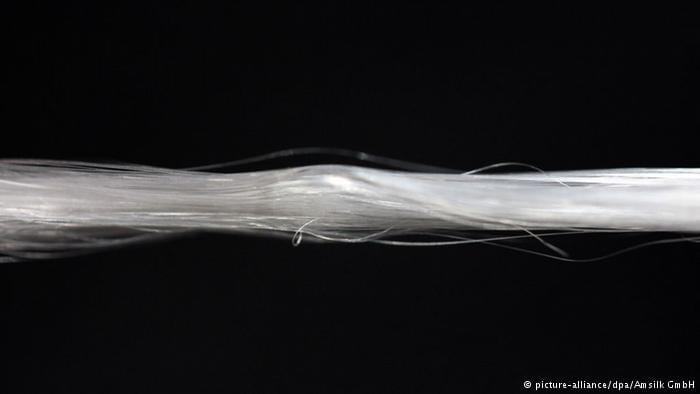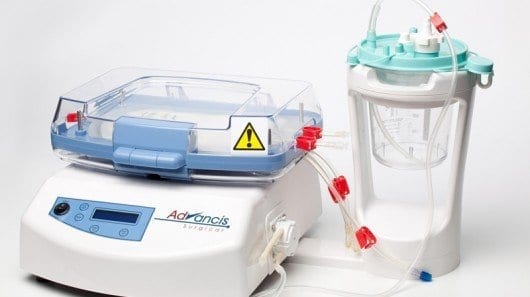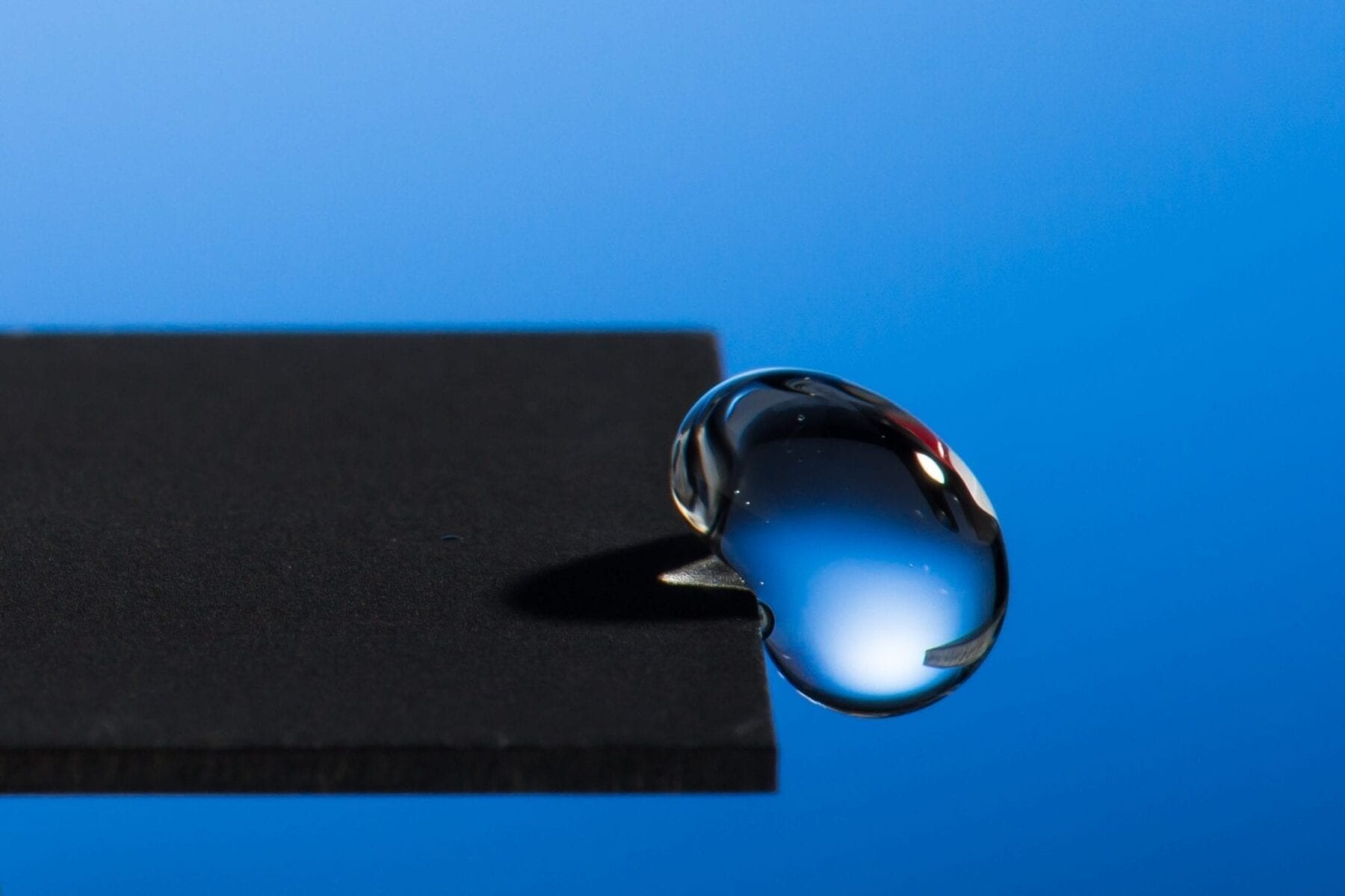
Liquified spider silk extruded in a gel via a three-dimensional printer could soon be regenerating damaged human heart muscle and nerve cells, according to German researchers
Biomaterial experts at Germany’s Bayreuth and Würzburg universities claimed a breakthrough in cultivating living cells while holding them in place with liquified spider silk.
The research method mixed spider silk with connective fibroblast cells from mice to generate a so-called “bio ink” or gel. Fibroblasts typically begin wound repairs.
When extruded from a 3-D printer, the silk molecules quickly wrapped those cells, giving them a porous matrix in which to flourish, the team said.
‘New possibilities’ for regenerative medicine?
Lead researchers, Bayreuth’s professor Thomas Scheibel and Würzburg’s professor Jürgen Groll said the method opened “completely new possibilities” for the regeneration of heart muscles as well as skin and nerve tissues.
During the development of a new bio ink based on spider silk the research team in Bayreuth and Würzburg achieved a “decisive breakthrough,” they told the Pressetext news agency.
The gel flowed through the 3-D device’s print head onto an extrusion surface, changing rapidly from its fluid into a firm state.
Read more: Bavarian medical ‘breakthrough’ with spider silk
The Latest on: Spider silk
[google_news title=”” keyword=”Spider silk” num_posts=”10″ blurb_length=”0″ show_thumb=”left”]
via Google News
The Latest on: Spider silk
- Book illuminates Pittsburgh’s Center for PostNatural Historyon May 8, 2024 at 2:59 pm
The center looks at organisms altered by people. The book asks if we humans could be considered postnatural ourselves.
- Kraig Biocraft Laboratories Spring Production Trials Exceed Expectations for the Production of the Company's Recombinant Spider Silkon May 6, 2024 at 6:05 am
Kraig Labs reports that the spring production trials were an unabashed success. These trials proved that the Company's BAM-1 recombinant spider silk hybrids are ready for rapid production expansion.
- 24/7 Market News: Kraig Biocraft Laboratories Spring Production Trials Exceed Expectations for the Production of the Company's Recombinant Spider Silkon May 6, 2024 at 4:34 am
Kraig Biocraft Laboratories, Inc. (OTCQB: KBLB) ("the Company" or "Kraig Labs"), announces today that the spring production trials of the Company's ...
- Oh Great, Spiders Can Swimon May 4, 2024 at 8:08 am
Some spiders make their homes near or, more rarely, in water: tucking into the base of kelp stalks, spinning watertight cocoons in ponds or lakes, hiding under pebbles at the seaside or along a creek ...
- They swim and they spin: Meet the aquatic spiderson May 2, 2024 at 5:00 am
Some make nests inside seashells, others tote bubbles of air on their backs. The spiders that went back to water evolved lots of slick survival strategies.
- Swimming and spinning aquatic spiders use slick survival strategieson April 28, 2024 at 4:11 am
In another study, researchers investigated the genes used in the silk glands of aquatic and land spiders. They found that water-spider silk seems to have a high proportion of the water-repelling amino ...
- Silk, The Ancient Material With High-Tech Possibilitieson April 25, 2024 at 11:47 am
Silk: A World History” describes the unique qualities of silk that make it a sustainable material with a wide variety of applications.
- Researchers are developing body armor made from silk—but this apparently cutting-edge idea is centuries oldon April 9, 2024 at 5:00 pm
The researchers modified the genes of silkworms to make them produce spider silk instead of their own silk. Harnessing the properties of spider silk has been a longstanding aim because the ...
- Qatar Seen As Potential Pioneer In Spider Silk's Biomedical Useon April 7, 2024 at 8:02 pm
Doha, Qatar: The Museum of Islamic Art's (MIA) ongoing“Golden Spider Silk” exhibition has not only captivated visitors but has also sparked potential collaborations with Qatar to advance ...
- Scientists are closer to unlocking the secrets of the strongest spider silk in the worldon June 24, 2023 at 1:34 pm
In the world of materials science, spider silk is fascinating. It's a material that's super strong, incredibly light, and remarkably flexible. Yet, despite the tireless efforts of many researchers ...
via Bing News










